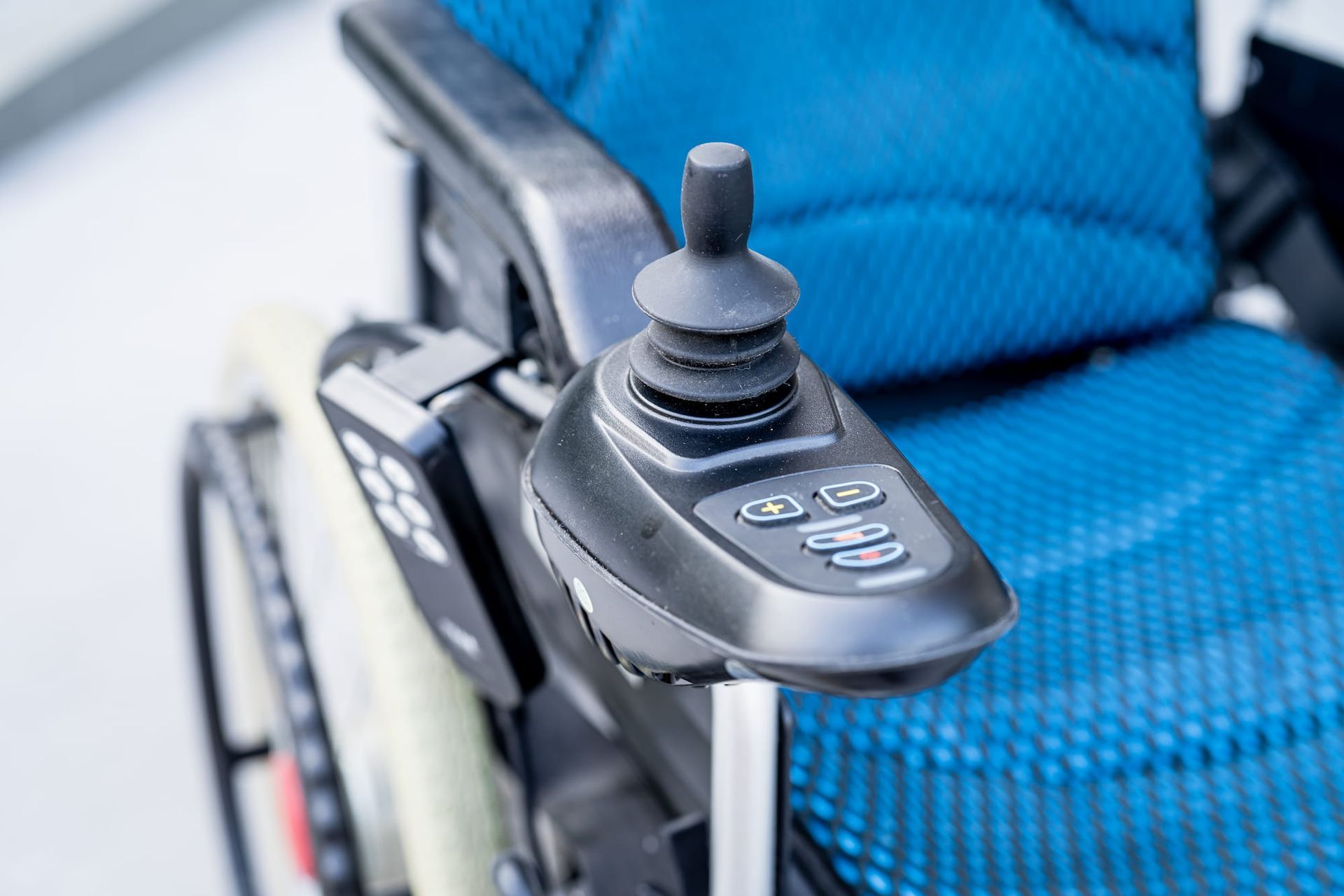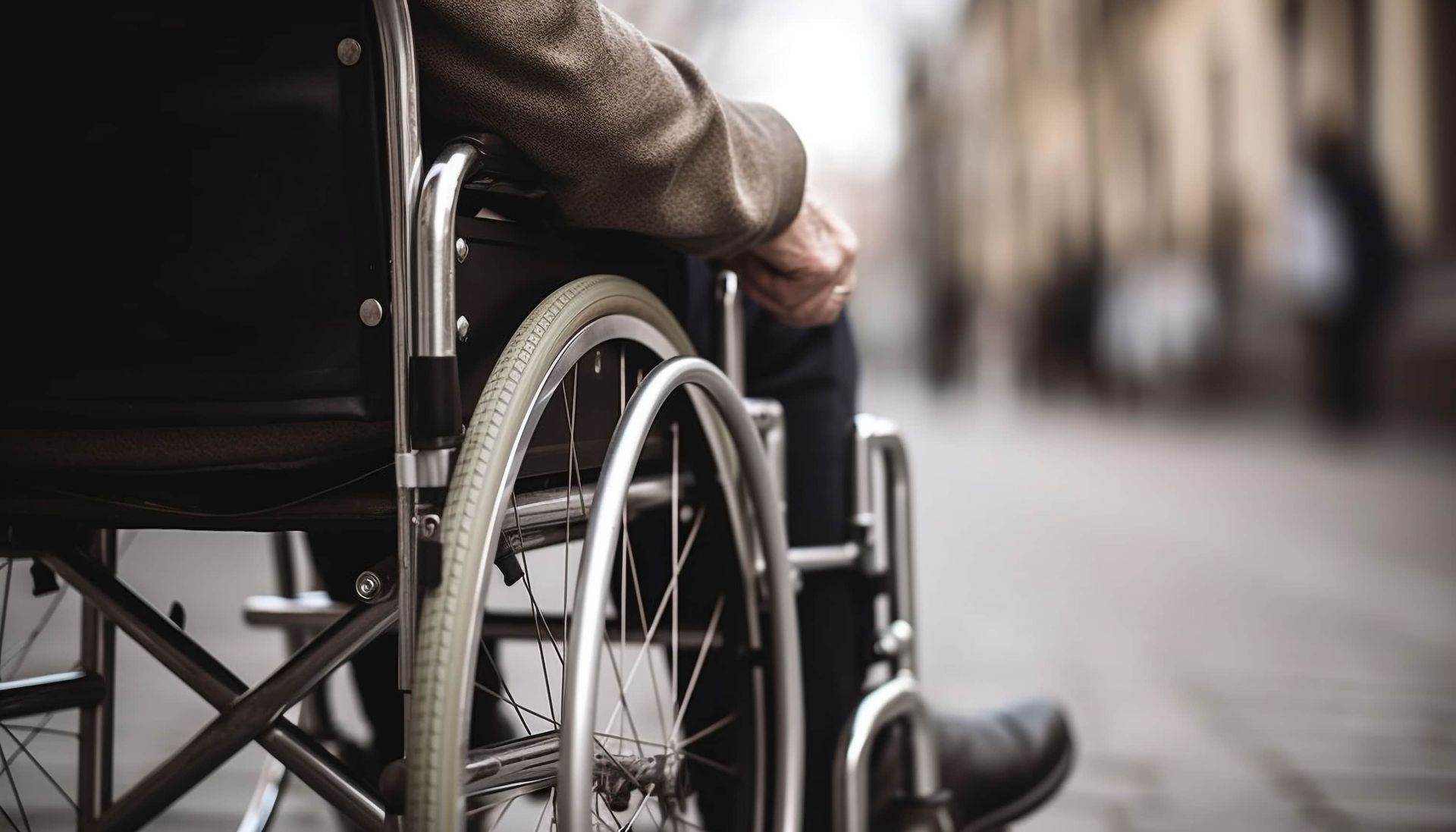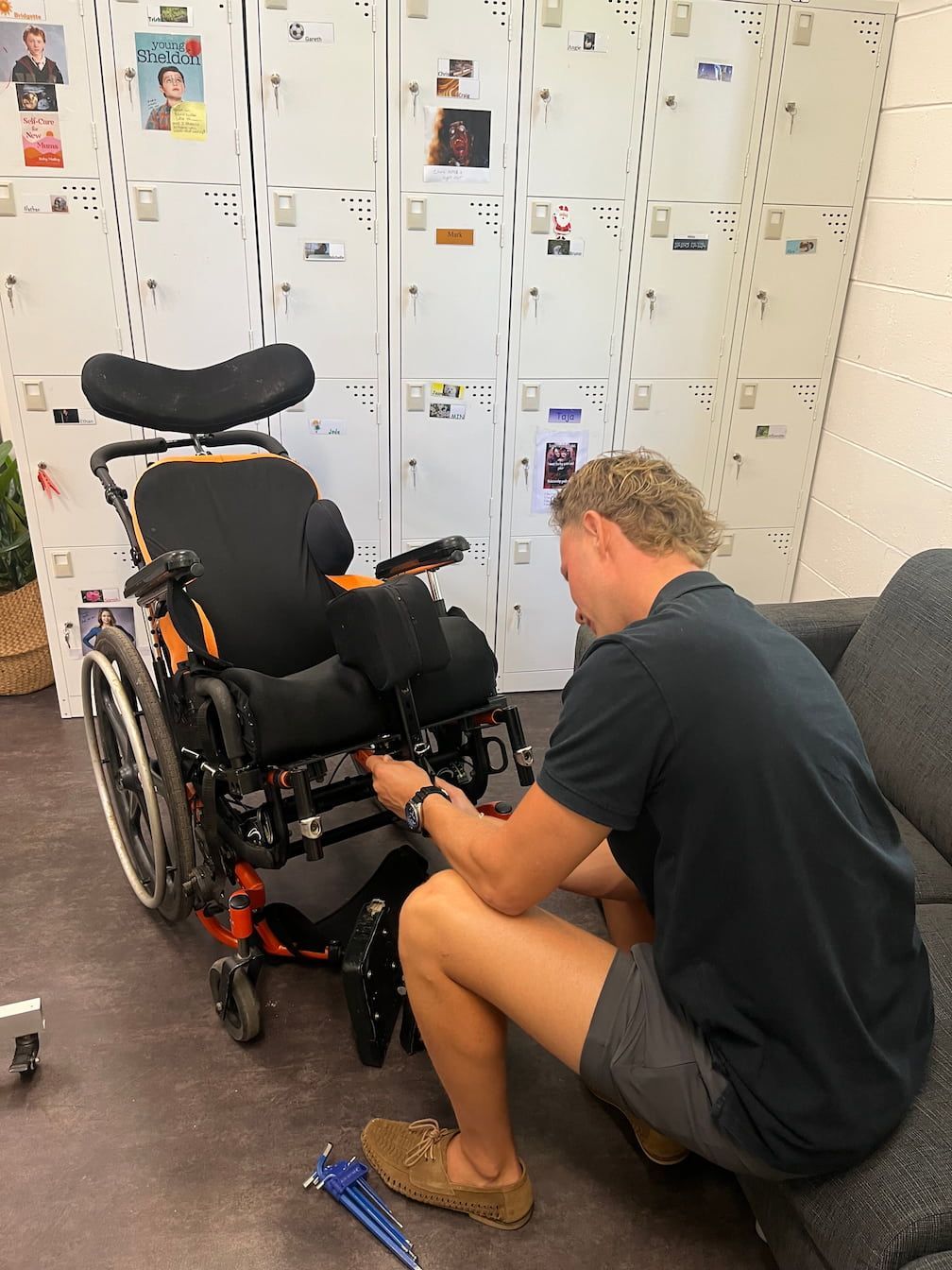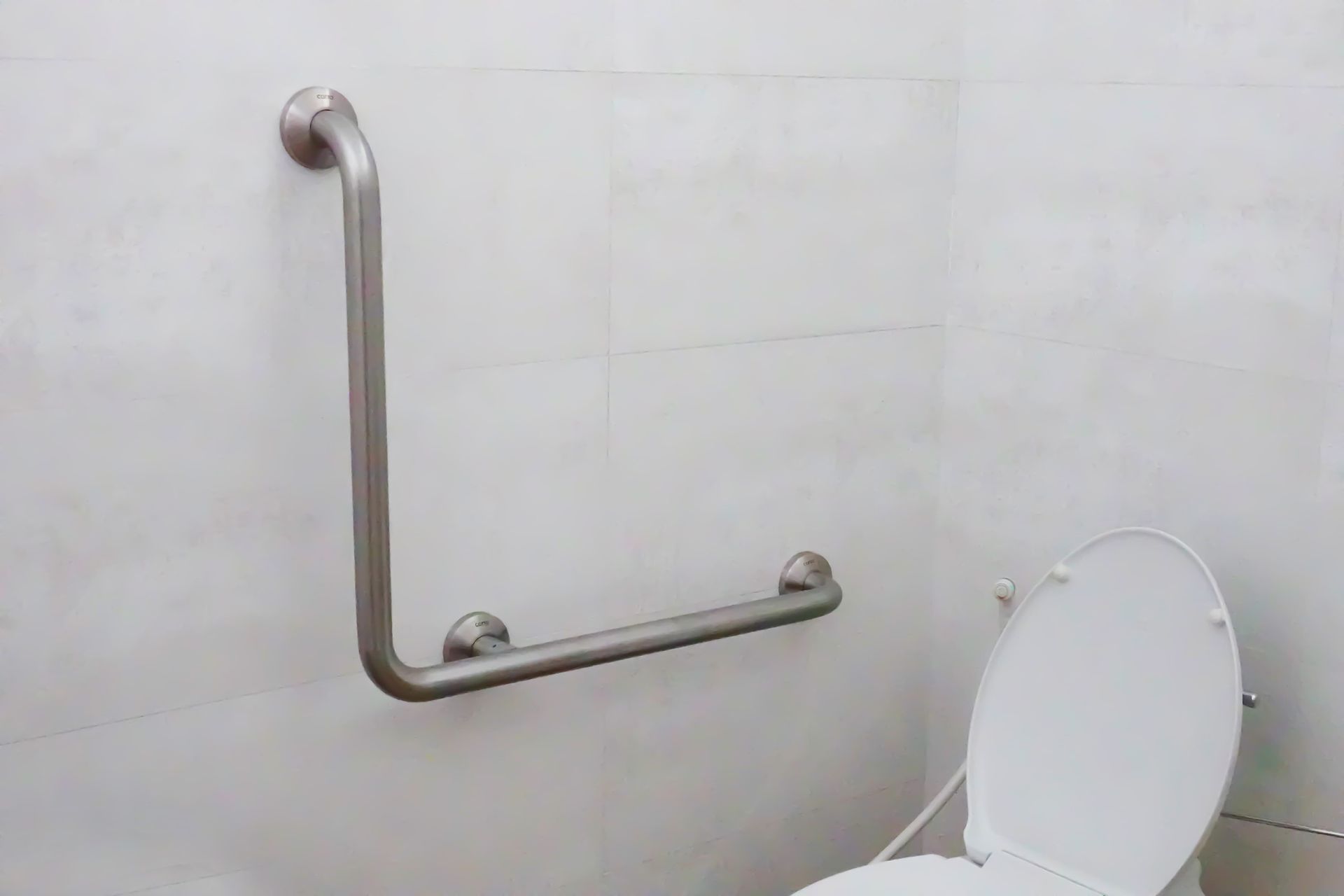How An Occupational Therapist Can Help You Get The Right Assistive Technology
When daily tasks become challenging due to injury, disability or illness, assistive technology can be a game changer, enabling individuals to regain independence and improve their quality of life. Occupational therapists play a pivotal role in helping individuals access the right assistive technology tailored to their specific needs.
From conducting thorough assessments to navigating funding options, an OT ensures that you get the support you need. This blog explores how an OT can help you find the right assistive technology, the types available, the assessment process and the broader benefits of assistive technology.
What is Assistive Technology?
Assistive technology refers to any device or system that enables individuals to perform tasks they would otherwise struggle with or be unable to do. It can range from simple devices like walkers or grab rails to more complex systems like speech-generating devices or power wheelchairs. Assistive technology is often essential for people with disabilities, injuries or conditions that impact mobility, communication or cognitive function.
How an OT Identifies the Right Assistive Technology
Occupational therapists are trained professionals who assess, recommend and train individuals on the use of assistive technology. Their focus is on ensuring the technology aligns with the individual’s abilities, goals and environment. Here’s how the process works:
1. Comprehensive Assessment
The first step an OT takes is to perform a comprehensive assessment. This involves:
- Understanding your medical history, current limitations and future goals.
- Observing how you perform daily activities such as dressing, cooking or moving around your home.
- Assessing your physical, sensory and cognitive abilities.
- Discussing any pain or discomfort you experience during daily activities.
This thorough evaluation helps the OT identify specific challenges and understand how assistive technology can bridge the gap between your current abilities and desired outcomes.
2. Tailored Recommendations
Once the assessment is complete, the OT will recommend suitable assistive technology based on your needs. This may include:
- Mobility aids such as canes, walkers or powered wheelchairs for individuals with reduced mobility.
- Communication devices like speech-generating devices for those with speech impairments.
- Environmental control units that allow users to control home devices (e.g., lights, TVs) using switches or voice commands.
- Cognitive aids such as apps or devices that help with memory, organisation and time management.
- Self-care aids like modified utensils for easier eating or dressing aids to help with clothing. These can also include shower chairs, commode’s, bath lifters, long-handed aids, hoists, electric beds and pressure care mattresses.
The OT ensures the technology is appropriate for your lifestyle and compatible with your home or work environment. They may also suggest home modifications, such as ramps or handrails, to complement the assistive devices.
3. Training and Support
Once the technology has been selected, the OT doesn’t just leave you to figure it out on your own. They provide ongoing support by:
- Training you on how to use the device safely and effectively.
- Offering tips and strategies for integrating the technology into your daily routine.
- Adjusting the technology as your needs evolve, ensuring it continues to meet your goals.
- Monitoring your progress and making any necessary tweaks to optimise your independence.
Types of Assistive Technology
Occupational therapists work with a wide range of assistive technologies, ensuring that the right tools are matched to the individual’s specific needs. Some common types include:
1. Mobility Aids
These devices help individuals move more freely and safely. Examples include:
- Wheelchairs (manual and electric)
- Walkers and rollators
- Mobility aids & ramps
2. Communication Devices
For those with speech or communication difficulties, OTs can recommend:
- Speech-generating devices
- Augmentative and alternative communication (AAC) systems
- Communication apps for tablets or phones
3. Home Modifications and Adaptive Aids
To improve safety and accessibility at home, OTs often suggest:
- Grab rails and handrails
- Raised toilet seats
- Non-slip flooring
- Adapted utensils and kitchen tools
4. Cognitive Aids
Cognitive aids are used to assist with memory, attention, and organisation, including:
- Medication reminders
- Digital calendars and task organisers
- Voice-activated assistants like smart speakers
5. Sensory Aids
For individuals with vision or hearing impairments, OTs may recommend:
- Screen readers and magnifiers
- Hearing aids
- Visual or tactile alerting devices
The Assessment Process
The assessment process for assistive technology is holistic and considers the individual's entire life context. It includes the following steps:
- Initial Consultation – The OT meets with you and your caregivers (if applicable) to discuss your goals and current challenges.
- Functional Capacity Assessment – The OT evaluates your physical, cognitive and sensory abilities, paying close attention to how you manage daily tasks.
- Environmental Assessment – This step involves examining your home, work or school environment to identify any barriers to accessibility.
- Trial Period – Many OTs offer a trial period for certain devices, allowing you to test how well the assistive technology works for you before making a final decision.
Funding Options for Assistive Technology
Acquiring assistive technology can be a significant investment, but several funding options are available in Australia:
1. National Disability Insurance Scheme (NDIS)
The NDIS is a government initiative that provides funding for individuals with permanent and significant disabilities. OTs can help you navigate the NDIS process, write reports to support your funding application and ensure that assistive technology is included in your plan.
2. Private Health Insurance
Some private health insurance plans cover part of the cost of assistive devices. It’s essential to check with your provider to see what’s included in your policy.
3. Community & Charitable Organisations
Some non-profit organisations provide grants or low-cost assistive technology to individuals in need.
The Benefits of Assistive Technology
Investing in the right assistive technology can transform an individual's quality of life in various ways:
- Increased Independence – Devices enable users to perform tasks independently, reducing reliance on caregivers or family members.
- Enhanced Safety – Assistive technology improves safety by reducing the risk of falls or accidents.
- Improved Wellbeing – With the right tools, individuals can participate more fully in everyday activities, boosting self-esteem and mental health.
- Social Participation – AT can assist individuals increase social participation (i.e. wheelchairs to access community). Communication aids can also help individuals stay connected with others.
- Long-Term Savings – Although the initial cost may seem high, assistive technology can save money in the long run by reducing the need for in-home care or medical interventions.
- Social participation – (not just limited to communication aids) AT can assist individuals increase social participation (i.e. wheelchairs to access community).
Conclusion
Occupational therapists play a crucial role in helping individuals access the right assistive technology to improve their daily lives. Through comprehensive assessments, tailored recommendations and ongoing support, OTs ensure that the assistive devices you choose are well-suited to your specific needs.
Whether it’s mobility aids, communication devices or home modifications, the right technology can dramatically enhance your independence, safety, and quality of life. If you or a loved one could benefit from assistive technology, get in touch with Life Solutions OT on the Gold Coast.
Written By Alex Kiosses
Alex is a driven and dedicated OT with a diverse skill set acquired through a broad range of experience working within the community. His passion lies in assisting individuals by enhancing their access to environments, allowing them to enjoy the things they love and find important.
Site Links
Service Areas
Services
Open Hours
- Monday
- -
- Tuesday
- -
- Wednesday
- -
- Thursday
- -
- Friday
- -
- Saturday
- Closed
- Sunday
- Closed










